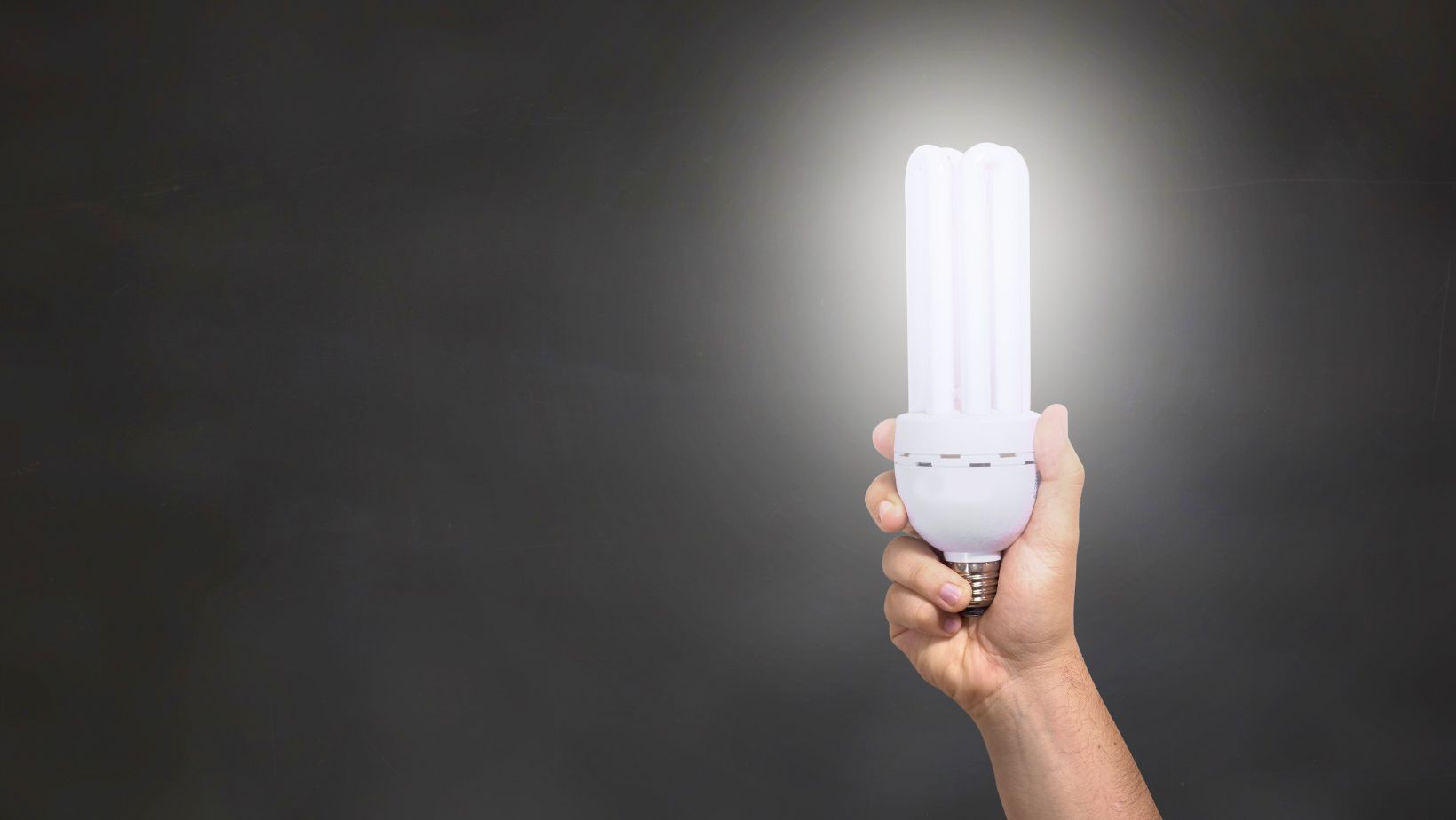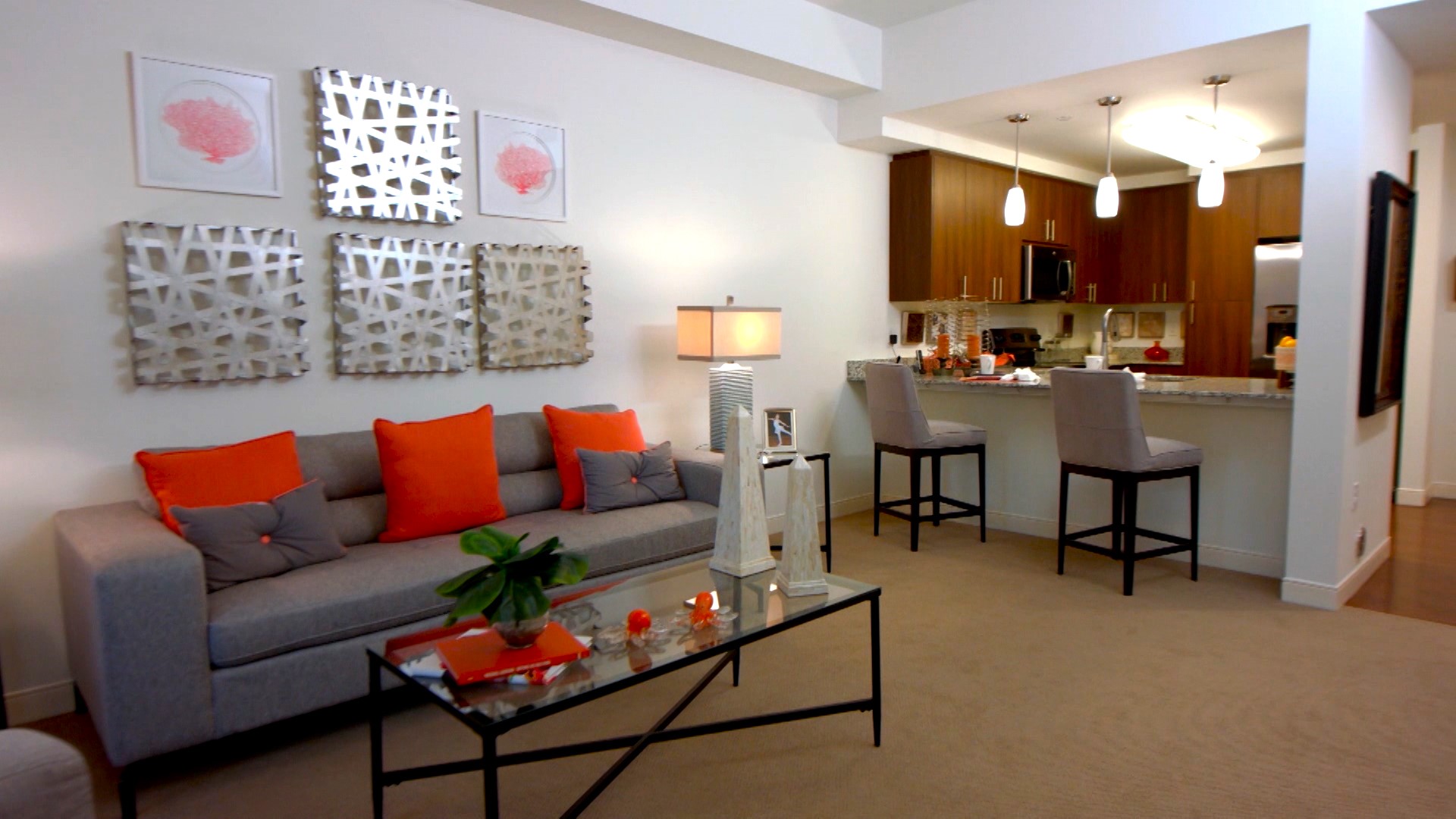
LED bulbs have emerged as the shining stars, promising a brighter and greener tomorrow. As homeowners and eco-conscious consumers contemplate making the switch, let’s shed light on the essential factors to consider before embracing this illuminating technology.
The Quest for Brightness: A Leap Towards LED Bulbs
LED bulbs have undoubtedly proven their mettle as the eco-friendly alternative to traditional incandescent bulbs. They consume significantly less energy, last longer, and emit a more focused and efficient light. However, before embarking on the LED journey, it’s crucial to weigh certain factors that may impact your lighting choices.
Cost vs. Savings: While LED bulbs may have a higher upfront cost than incandescent bulbs, they deliver substantial long-term savings through reduced energy consumption and extended lifespan.
Brightness Level: LED bulbs come in various brightness levels, measured in lumens. Consider the desired illumination and choose the appropriate brightness for each room.
Color Temperature: Pay attention to the color temperature, measured in Kelvin (K), as it influences the ambiance. Opt for warm light (2700K-3000K) for cozy spaces and cool light (3500K-4100K) for work areas.
Compatibility: Verify the bulb’s compatibility with existing fixtures and dimmer switches, as not all LEDs are dimmable or suitable for every fixture.
Brand Reputation: Rely on reputable brands known for producing high-quality and reliable LED bulbs, ensuring longevity and performance.
On average, an LED bulb consumes around 75-80 percent less energy than a comparable incandescent bulb, translating to substantial savings on your energy bill. Despite the higher initial cost of LEDs, their extended lifespan of up to 25,000 hours versus 1,000 hours for incandescent bulbs makes them a cost-effective investment in the long run.
Armed with the knowledge of LED bulbs’ advantages and considerations, homeowners can now make an informed and eco-conscious decision for their lighting needs. By embracing this illuminating technology, we can brighten not only our homes but also our collective journey toward a greener and more sustainable future.








